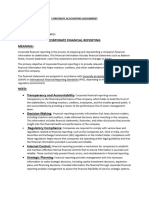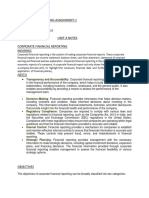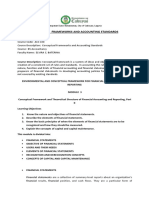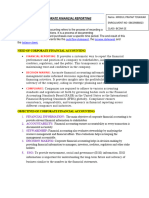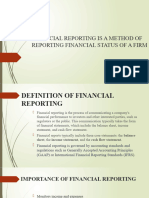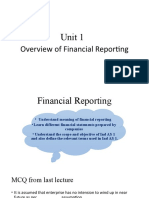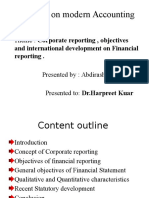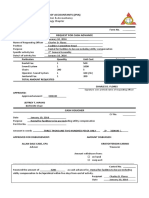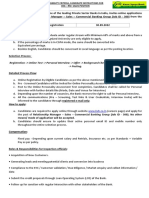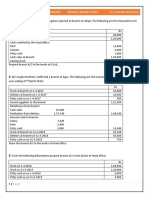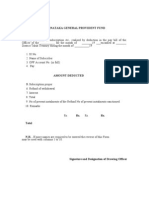0% found this document useful (0 votes)
32 views9 pagesFSA&R Module 5
The document discusses different types of corporate reporting including financial reporting, audit reporting, corporate governance reporting, and sustainability reporting. It also covers cash flow statement analysis and statutory versus non-statutory reports. Key aspects covered include the purpose of statutory reporting for companies and what financial documents are included in statutory financial statements.
Uploaded by
Prity KumariCopyright
© © All Rights Reserved
We take content rights seriously. If you suspect this is your content, claim it here.
Available Formats
Download as PDF, TXT or read online on Scribd
0% found this document useful (0 votes)
32 views9 pagesFSA&R Module 5
The document discusses different types of corporate reporting including financial reporting, audit reporting, corporate governance reporting, and sustainability reporting. It also covers cash flow statement analysis and statutory versus non-statutory reports. Key aspects covered include the purpose of statutory reporting for companies and what financial documents are included in statutory financial statements.
Uploaded by
Prity KumariCopyright
© © All Rights Reserved
We take content rights seriously. If you suspect this is your content, claim it here.
Available Formats
Download as PDF, TXT or read online on Scribd
/ 9




